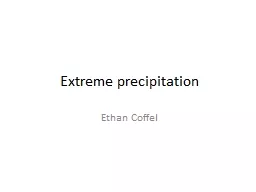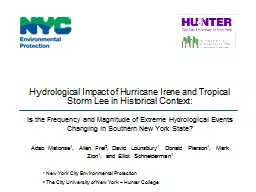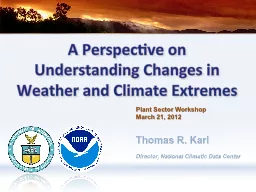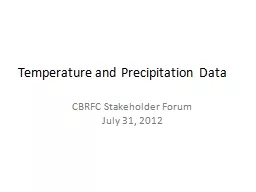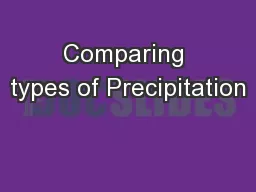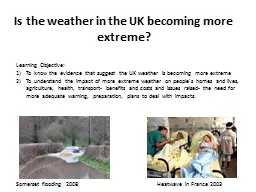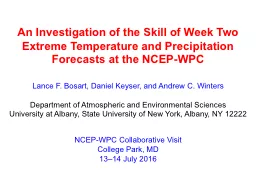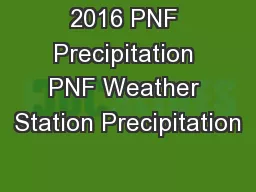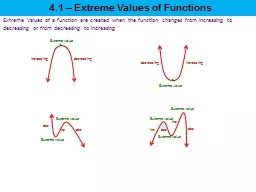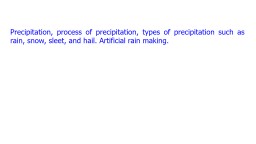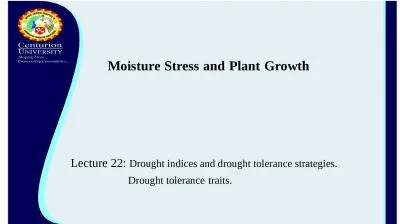PPT-Extreme precipitation
Author : celsa-spraggs | Published Date : 2017-09-24
Ethan Coffel SREX Ch 3 Lowmedium confidence in heavy precip changes in most regions due to conflicting observations or lack of data Medium confidence in Europe
Presentation Embed Code
Download Presentation
Download Presentation The PPT/PDF document "Extreme precipitation" is the property of its rightful owner. Permission is granted to download and print the materials on this website for personal, non-commercial use only, and to display it on your personal computer provided you do not modify the materials and that you retain all copyright notices contained in the materials. By downloading content from our website, you accept the terms of this agreement.
Extreme precipitation: Transcript
Download Rules Of Document
"Extreme precipitation"The content belongs to its owner. You may download and print it for personal use, without modification, and keep all copyright notices. By downloading, you agree to these terms.
Related Documents

